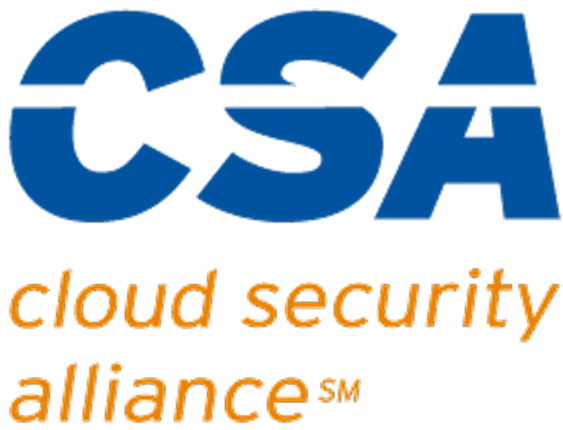Introduction
Technology of one type or another has always been a driving force in the business world. As technology evolves, businesses are eventually forced to change how they do things to stay competitive. Changes in technology can create opportunities for businesses to improve their products and services, but they can also threaten businesses that are slow to adapt. Companies must be strategic in adopting new technologies lest they become irrelevant in the marketplace.
Technological progress has become exponential in recent years. According to one forecast, the global digital economy is expected to reach $23 trillion by 2025. Technology can change so rapidly in some areas that it is hard for businesses to keep up. Staying current requires investing in relevant new technologies and ensuring that employees know how to use them.
It’s not a question of if but rather when and how you’ll need to manage technology change in your business. Here are some key points that can help:
Stay informed
As a business professional, staying up-to-date on the latest technology trends is essential. By doing so, you can learn about new products and services that may benefit your company. Additionally, keeping abreast of new technology developments can give you an edge over your competition. Make it your mission to learn about new technology products and services and evaluate the ones that look promising for your company.
Several resources are available to you for keeping up with the latest business technology developments. One such resource – perhaps your greatest – is the Internet. Many websites offer news and information about business technology developments, and you can also find helpful articles and tutorials on these websites. Another excellent resource for staying informed about business technology is trade magazines. These magazines often have in-depth articles about new technology products and services. Most such magazines are online, but they can still provide a valuable alternative point of view. If you prefer watching over reading, YouTube contains millions of reviews and “walk-through” videos for all types of technology products. Finally, asking trusted colleagues and associates which products they prefer or recommend never hurts.
When looking for a new software solution, getting product demos and evaluation versions allows you to assess potential candidates. Most software vendors offer trial versions of their software that you can use for a set period. This is a great way to get a feel for how the software works and if it’s a good fit for your needs.
Learn new skills
In order to keep up with the competition and changes in the business world, it is important to continuously learn new skills and be open to learning new things. Educating yourself and your staff is also key to maintaining successful, efficient operations. You can help your team grow as professionals and reach their full potential by providing them with the right tools and resources.
Many businesses offer online training to their employees. This trend has accelerated with the emergence of work-from-home and work-from-anywhere models. As a result, a wide range of business technology training programs can be found online. There are virtual classrooms with live webinars and online courses that teach computer literacy, competency in common business software products, and more. If desired, business training programs are also available in a traditional in-person classroom setting.
Be flexible
Modern businesses must be flexible and prepared to change with the times. This can mean implementing new technology into the workplace, altering how services are provided and managed, upgrading or replacing them with entirely new systems, and so on. The key is not to fear change but to be proactive and strategic about how changes are made.
It’s important to keep your team informed of any changes that may be coming – even if the details aren’t finalized yet. This helps to ensure that everyone is on the same page and can plan for what’s to come. It’s also essential to maintain an open line of communication with your team throughout the change process to address any concerns or questions. You’ll help ensure a smooth transition for everyone involved by keeping lines of communication open.
Plan ahead
As a business owner or manager, it’s crucial to have a plan for when changes to your technology or processes need to be made, so that you can minimize any possible disruptions in your workflow. Begin the planning process by creating a technology roadmap. This document will outline your long-term plans for technology and how you’ll implement them. It will also help you identify potential problems and solutions. Next, establish protocols for when changes do need to be made. For example, you may want to have a designated person for each function or department who is responsible for managing the changes in their area. You should also make sure that everyone has received the proper information and training before going into production with the new technology.
The upshot is this: don’t wait until the last minute to figure out how you will deal with a technology shift. It may seem obvious, but haphazard changes are remarkably common in business. Have a plan, and be ready to execute it when the time comes. If you’re unsure where to start, plenty of resources are available online, and your IT provider can be a valuable resource for information and guidance.
Manage your infrastructure
When done right, technology is what keeps your company running smoothly and helps you remain competitive. However, managing all of this technology can be difficult and time-consuming. That’s where infrastructure management systems come in. Infrastructure management is a process that uses technology to help manage your business technology. It can help you keep track of all your devices, connect to them remotely, and even repair them if they break. Using infrastructure management tools to assist with changes in technology and processes can help take the headaches out of change management.
There are many different types of infrastructure management systems (IMS) on the market today. Each system has its own unique set of features, making it better suited for certain applications than others. Some IMS focus strictly on technology, while others may include management of physical assets and beyond: When selecting an IMS, it is important to consider your organization’s specific needs and which system will best meet those requirements.
The following are a few examples of how you might use an IMS:
- Manage your organization’s physical infrastructure – This could include things like managing facility assets, tracking work orders, and monitoring security systems.
- Manage your organization’s IT infrastructure – This could include things like managing server and network assets, tracking software licenses, and monitoring email systems.
- Manage your organization’s network services – This could include things like monitoring web servers, tracking domain names, and managing DNS.
Conclusion
As the old and often-used saying goes: adapt or die. Technology constantly evolves, and businesses must adapt to changes to remain competitive. While this can be daunting, there are ways to cope with an ever-changing business technology landscape. It is vital to have a clear goal and devise a strategy for adopting new technology. Taking the time to research and plan before making any decisions will help avoid costly and ineffective implementations.
Additionally, it is important to be flexible and willing to adapt as needed; once popular technologies may quickly become obsolete, organizations must be prepared to adopt new trends rapidly. Finally, staying informed about the latest developments and trends is essential to making informed decisions about technology investments. By following these tips, businesses can better cope with the ever-changing technology landscape and remain competitive in today’s digital age.




